Corrective Action That Works
-2.png?width=459&name=HR%20Blogs%20(1)-2.png) It was a cold December morning. With coffee in hand and the radio blaring out weekend football scores, Sam headed to work. It was his third year as a manager. His division was neither under nor over-performing, but it was another average year of performance. Sam thought through his day and remembered that he was to meet with Henry, his supervisor, for his annual performance evaluation. Sam knew it would be another review filled with circled numbers, meaningless reflection, and wandering chatter. Little did he know that this would be his last day on the job.
It was a cold December morning. With coffee in hand and the radio blaring out weekend football scores, Sam headed to work. It was his third year as a manager. His division was neither under nor over-performing, but it was another average year of performance. Sam thought through his day and remembered that he was to meet with Henry, his supervisor, for his annual performance evaluation. Sam knew it would be another review filled with circled numbers, meaningless reflection, and wandering chatter. Little did he know that this would be his last day on the job.
As Sam entered Henry’s office, he found himself annoyed due to all the work he needed to do. Henry got right to the point. “Sam, your performance has been poor since you took over this division. Considering this, we are ending your employment effective immediately.” In shock, Sam stated, “No one ever communicated my poor performance. In fact, I received raises and additional responsibilities.” With the decision made, Sam carried his box out of the office and headed home.
Situations like this occur way too often. Sometimes, it is performance, and other times, it is ongoing behavioral issues (e.g.—attendance, insubordination, lack of effort). Regardless, organizations tolerate poor performance and/or behavior for long periods of time without addressing it. Then, when they reach a boiling point, they leap to termination. An issue that may have been corrected quickly escalated into a major problem leading to termination. This does not have to be the case.
Great performance management necessitates effective corrective action planning. When done correctly, under-performance and/or poor behavior receives proper attention early. This helps create a culture of high performance where high expectations, strong accountability, and transparency are the norm. When not done correctly, a culture of low performance emerges fostering mistrust, low expectations, and mediocrity.
In this blog series, we will explore what it looks like to create high-performance cultures utilizing effective corrective action planning. Effective corrective action does not just happen. It is the result of intentional actions and conversations aligning individual performance and/or behavior with organizational aspirations.
To begin this journey, consider five guiding principles and five characteristics for effective corrective action.
Five Guiding Principles:
1. High performance is a result of setting clear expectations equipping employees to achieve them and holding employees accountable for results.
2. If a supervisor does not communicate poor performance/behavior, the poor performance/behavior will probably not change.
3. High-performing employees are willing to do the job, able to the job, and a fit with the team and organization. When these are not present, supervisors much address the employee utilizing an effective corrective action process.
4. Every employee should know where s/he stands in the eyes of his/her supervisor and the organization at-large.
5. Corrective action is one pillar of an effective performance management strategy.
Five Characteristics of Effective Corrective Action:
1. Benevolent – When delivered, supervisors should exhibit genuine care and compassion for the employee. Hearing negative news is difficult. When a supervisor delivers the news in a genuine and authentic way, the news is typically heard and well-received.
2. Timely – Poor performance news should be communicated quickly. There should not be a lag time of weeks and months to deliver such news. Employees need to hear about their performance in as real time as possible.
3. Accurate – There should not be inaccurate data or suspected accounts given to the employee. They should hear the facts.
4. Specific – Ambiguous hearsay and generalities have little place in corrective action. To understand what to correct, it is necessary to understand as much detail as possible.
5. Honest – Supervisors should never makeup false actions or embellish reality. Honest facts need to be given.
The goal of corrective action is to correct poor performance and/or behavior. When this is the focus, struggling employees can improve what they do and how they do it. This is in the best interest of the employee, team, and organization. There are times when immediate dismissal makes sense, but there are many times when supervisors and organizations tolerate poor performance and behavior without addressing it. This has negative implications to an organization’s culture, individual teams, and employees. Tolerating such actions will lead to lower productivity, lower morale, increased turnover, and wasted time. All of these result in poor cultures leading to mediocre results.
Think back to our friend Sam. Could termination have been avoided? Probably. Great supervisors recognize that corrective action is a tool helping them to improve outcomes, build stronger teams, and unleash the potential in workers.
Need assistance with addressing short and long term HR needs for your business? Contact me at steve.black@brixeyandmeyer.com, and we will address them proactively.
Disclaimer: This blog is not legal advice, but merely informed opinion or general information meant for no particular purpose. Issues addressed in this blog often implicate federal, state, and local labor and employment laws. This blog is not intended as a substitute for legal advice. Readers should consult labor and employment counsel to determine whether their particular policies, procedures, decisions, or courses of action comply with such laws.

-2.png)